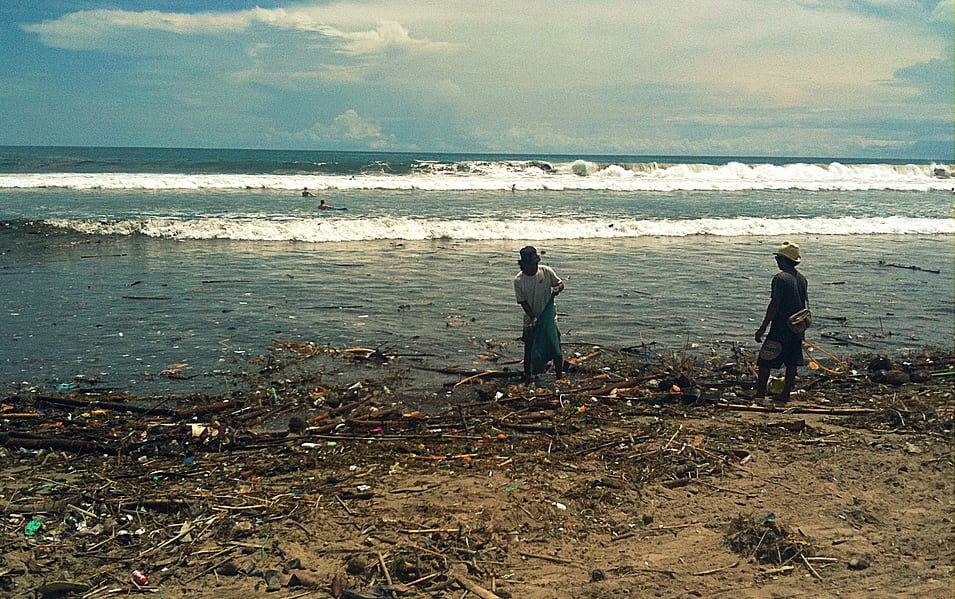Skift Take
Bali is now part of cultural zeitgeist, where tourists go to find themselves. But it is clearly clashing with local lifestyle and resources, and if nothing's done to make this rapid development sutainable, may soon pass its title to other new-Balis along the way.
British academic Dr Stroma Cole says 260 of Bali’s 400 rivers have run dry and Bali’s biggest natural reserve of water, Lake Buyan, is in deep trouble from shrinkage, sediment and the inflow of agricultural chemicals.
Water that once flowed from springs and into and out of rice paddies to feed the subak system is being sold to the drinking water companies for purification and sale in plastic bottles, or diverted to keep tourist activities such as rafting afloat.
Tourism to Bali keeps growing at about 10 to 12 per cent per year, and not just from Australia. Internal visits from Indonesians are growing fast, as are arrivals from China and other Asian countries. The island is tipped to attract 3.1 million tourists this year.
The permanent population is also growing as immigrants from poorer parts of Indonesia flock to the island to take part in the tourism gold rush. But across the spectrum, people are saying that growth driven purely by demand is no longer sustainable.
The Daily Newsletter
Our daily coverage of the global travel industry. Written by editors and analysts from across Skift’s brands.
Have a confidential tip for Skift? Get in touch
Tags: bali, climate change, sustainability
